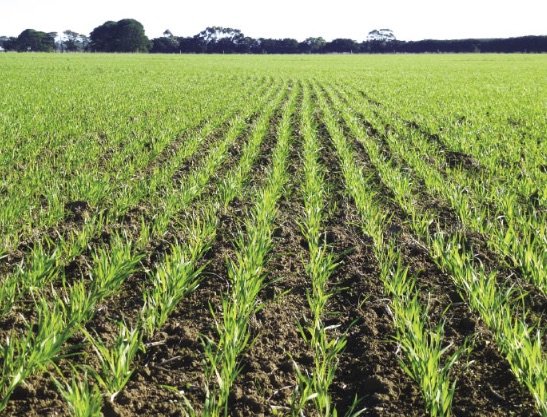AWB - Headwinds facing farmers in 2022
- By: "Farm Tender" News
- Cropping & Grain News
- Jan 13, 2022
- 553 views
- Share

By Nicholas Robertson - AWB
Harvest is slowly wrapping up on the east coast however the ever persistent La Nina continues to delay the placement of the final full-stop on this seasons bumper harvest. With 95% of harvest now complete most farmers are taking a well-earned break which is natural at this time of year, however the amount and significance of rain falling through January won’t be lost on growers as they start looking towards the 22/23 cropping program.
The 2021/22 season will be remembered for a long time into the future by not only farmers, but most involved in the wider grains industry. The relentless and widespread harvest rains have presented an operational challenge for farmers trying to harvest the crop, but also unfortunately downgraded a substantial portion of what would have otherwise been good quality grain.
In December, ABARES estimated the NSW wheat crop at 12.2 million tonnes and canola at 1.6 million tonnes. With many growers reporting similar if not better yields to last year, there is potential for further increases to the NSW numbers in their next report due in February.
ABARES’ December figures for the whole of Australia were 34.4 million tonnes of wheat and 5.7 million tonnes of canola. As was the case in NSW, yields in WA have proved better than first thought and with less frost damage that initially thought, so there is potential for an increase to the national winter crop estimates.
Looking forward to 2022, despite some very good rain throughout most of NSW and sub soil moisture remains close to full, there are some headwinds facing farmers as they approach this year’s cropping program. The rising costs of chemical and fertiliser remains a significant challenge for farming profitability in 2022 and no doubt will have an impact on farmer paddock plans and selling patterns. What remains to be seen is whether the ‘doubling’ of input costs will see farmers stray from the scheduled rotation or choose to plant more pulses to reduce the amount of fertiliser required, or instead choose to reduce the overall cropping area.
Internationally, the two ever-present factors of weather and Covid-19 continue to play a big part in price direction in offshore markets. Dry weather in South America has seen soybean and corn projections lowered by crop estimators while US wheat is off to a patchy start due to unkind weather. Food inflation control measures arising from Covid-19 continue to add uncertainty in export markets. International governments have been trying to stem the price of their domestic requirements and this is lifting the price of the global market. This can cause panic in importing countries who keep driving prices up to manage their own food security. While governments continue to use export taxes and export quotas, we will inevitably see volatility in the market.
Whilst untimely and frustrating in its recent behavior, the prevailing weather is providing the Australian farmer with another opportunity. As long as La Nina remains active, Australia should continue to receive favorable cropping conditions while other producers around the world potentially remain dryer. The impacts of such a scenario should help dull the memories of bogged harvesters and sprouted grain.









Share Ag News Via